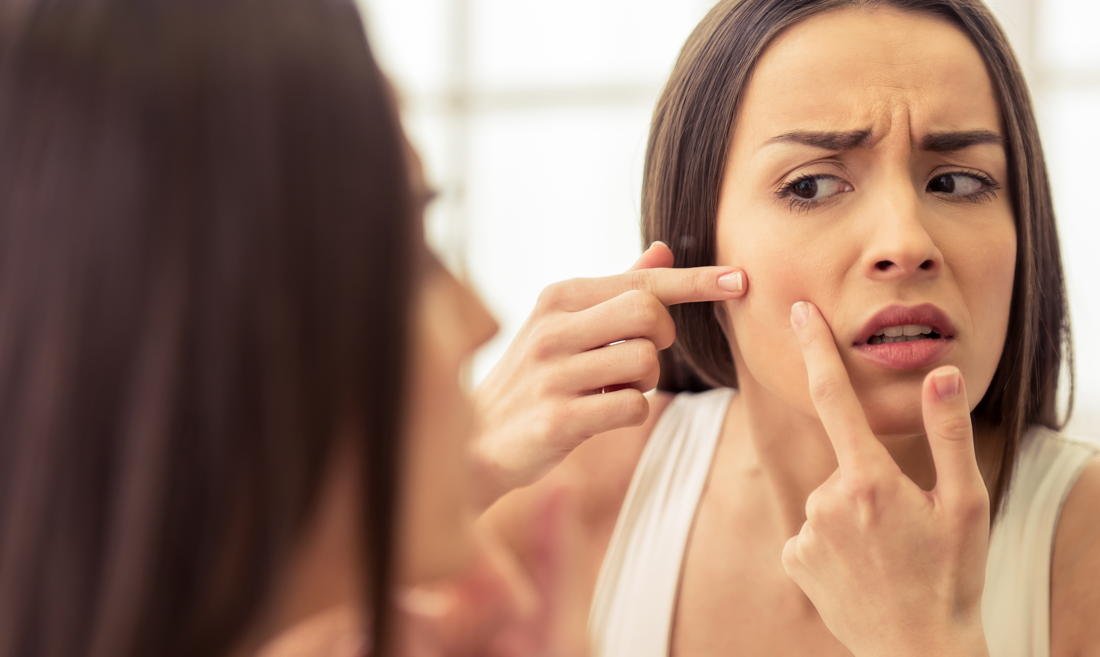Obsessive-Compulsive Disorder (OCD) and dermatillomania, a condition characterized by compulsive skin picking, often intersect in complex ways. Many individuals struggling with these conditions find that their compulsive behaviors are intertwined, leading to a cycle that is difficult to break. Understanding the relationship between OCD and dermatillomania is crucial for effective treatment and management.
Individuals with OCD may experience intrusive thoughts that drive them to engage in repetitive behaviors, which can include skin picking. This compulsive act can serve as a temporary relief from anxiety, yet it often results in physical damage and emotional distress. Recognizing these patterns is essential for those dealing with both conditions.
Effective coping strategies and therapeutic interventions can improve the quality of life for those affected. By focusing on both the psychological and physical aspects of these disorders, individuals can take meaningful steps towards recovery.
Understanding OCD and Dermatillomania
Obsessive-Compulsive Disorder (OCD) and dermatillomania are two conditions that can significantly impact an individual’s quality of life. Both involve compulsions, but they manifest differently in behaviors and thought patterns.
Defining Obsessive-Compulsive Disorder (OCD)
OCD is a mental health condition characterized by repetitive, intrusive thoughts known as obsessions. These obsessions lead to compulsive behaviors aimed at reducing anxiety or preventing a perceived negative outcome. Common obsessions include fears of contamination or harm, while compulsions may involve excessive cleaning, checking, or counting.
The cycle of OCD can be debilitating. Individuals often recognize that their thoughts and behaviors are irrational, yet they feel compelled to act on them. This internal conflict can lead to significant distress and impair daily functioning. Treatment typically includes cognitive-behavioral therapy (CBT) and, in some cases, medication.
Exploring Dermatillomania: The Compulsion to Pick Skin
Dermatillomania, or skin picking disorder, is an impulse control disorder where individuals repeatedly pick at their skin, leading to tissue damage. This behavior is often driven by emotional distress, with individuals using skin picking as a coping mechanism.
Those with dermatillomania may pick at scabs, acne, or other perceived imperfections. It can lead to chronic sores, infections, and scarring. The act of skin picking can provide temporary relief, reinforcing the behavior despite its harmful effects. Treatment may involve therapeutic approaches such as habit reversal training and mindfulness techniques.
Differentiating Between OCD and Dermatillomania
Although OCD and dermatillomania share compulsive characteristics, they differ primarily in focus and motivation. In OCD, obsessions drive compulsive behaviors aimed at reducing anxiety, often unrelated to the behavior itself. For instance, a person may wash their hands excessively to alleviate fears of germs.
In contrast, dermatillomania is primarily characterized by the act of skin picking itself, which often serves as a form of emotional release. Understanding these distinctions can aid in proper diagnosis and treatment. Accurate assessment by a mental health professional is critical for effective intervention tailored to each condition.
Treatment Strategies and Support
Effective treatment for OCD and dermatillomania often involves a combination of therapeutic approaches, medication, self-help techniques, and building a robust support network. Each of these elements plays a crucial role in managing symptoms and improving overall quality of life.
Psychological Therapies for OCD and Dermatillomania
Cognitive Behavioral Therapy (CBT) is a primary treatment option for both conditions. Exposure and Response Prevention (ERP), a technique within CBT, helps individuals gradually confront their fears and reduce compulsive behaviors. This method has shown significant efficacy in decreasing symptom severity.
Dialectical Behavior Therapy (DBT) may also be beneficial, focusing on mindfulness and emotional regulation. Techniques such as identifying triggers and practicing distress tolerance can empower individuals to manage symptoms more effectively.
Group therapy can offer additional support, allowing individuals to share experiences and coping strategies. Engaging in sessions with others experiencing similar challenges fosters a sense of connection and understanding.
Medication Options and Considerations
Selective Serotonin Reuptake Inhibitors (SSRIs) are commonly prescribed for OCD and dermatillomania. Medications like fluoxetine, fluvoxamine, and sertraline can alleviate anxiety and reduce compulsive behaviors. It’s important for healthcare providers to closely monitor dosage and response.
In some cases, Clomipramine, a tricyclic antidepressant, may be recommended. This medication is effective for OCD but requires careful consideration due to potential side effects.
Patients should consult with a psychiatrist to evaluate options and tailor a treatment plan. Regular follow-ups are essential to assess progress and make necessary adjustments to medication regimens.
Self-Help and Coping Techniques
Incorporating self-help strategies can complement professional treatment. Mindfulness practices, such as meditation and deep breathing exercises, can reduce anxiety levels and promote relaxation. Keeping a journal allows individuals to track triggers and emotional responses.
Establishing a daily routine helps provide structure, making it easier to manage symptoms. Engaging in physical activity releases endorphins, which can improve mood and reduce compulsive behaviors.
Supportive online communities and resources can provide additional strategies and encouragement, fostering a sense of empowerment in managing OCD and dermatillomania.
Finding and Building a Support System
Creating a strong support system is vital for recovery. Family and friends can play a key role in providing emotional support and understanding. Educating loved ones about OCD and dermatillomania enhances their ability to offer effective help.
Support groups, both in-person and online, connect individuals with others facing similar challenges. Sharing experiences can reduce feelings of isolation and anxiety.
Engaging with mental health professionals and support groups provides an avenue for discussing struggles and celebrating successes. Building this network contributes significantly to an individual’s resilience in managing their conditions.



